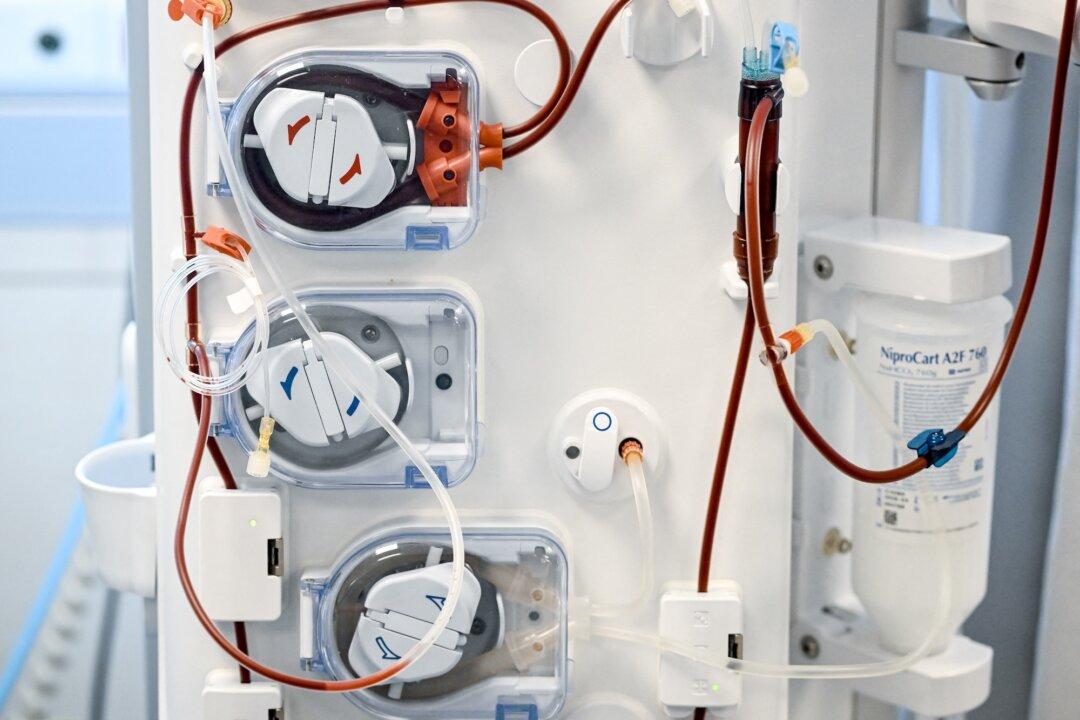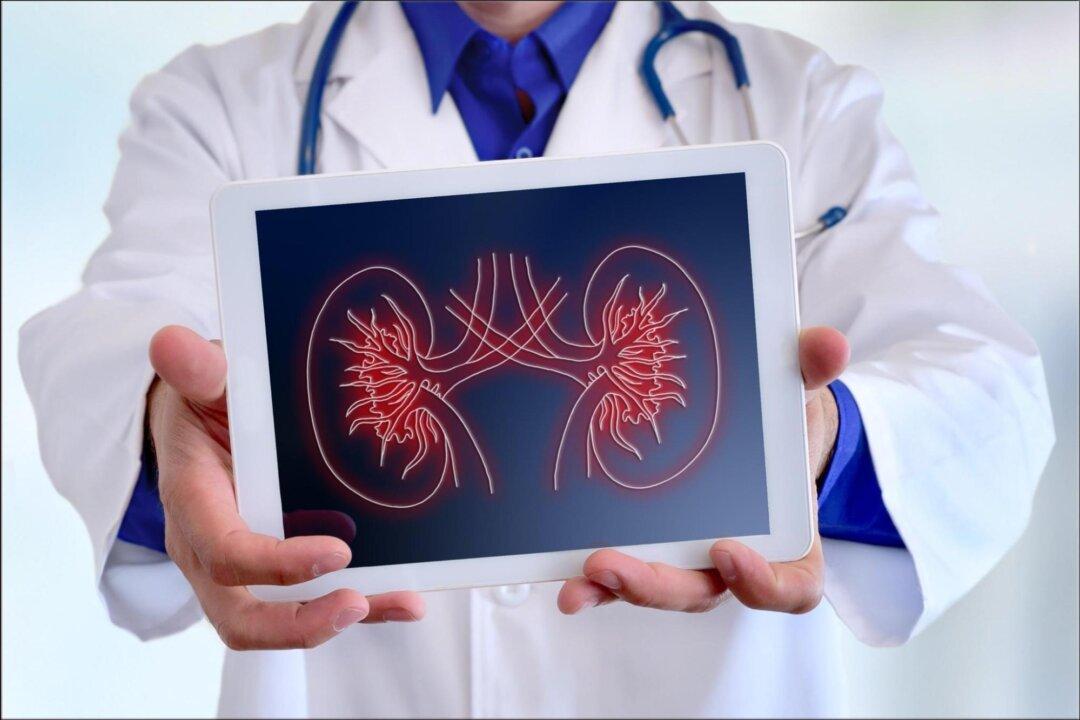Chronic kidney disease is projected to be the fifth leading cause of death worldwide by 2050, and there are calls to end Australia’s dependence on dialysis procedures.
Though the treatment prolongs life, it is invasive, time-consuming, and has changed very little over the past half-century, according to Kidney Health Australia.




